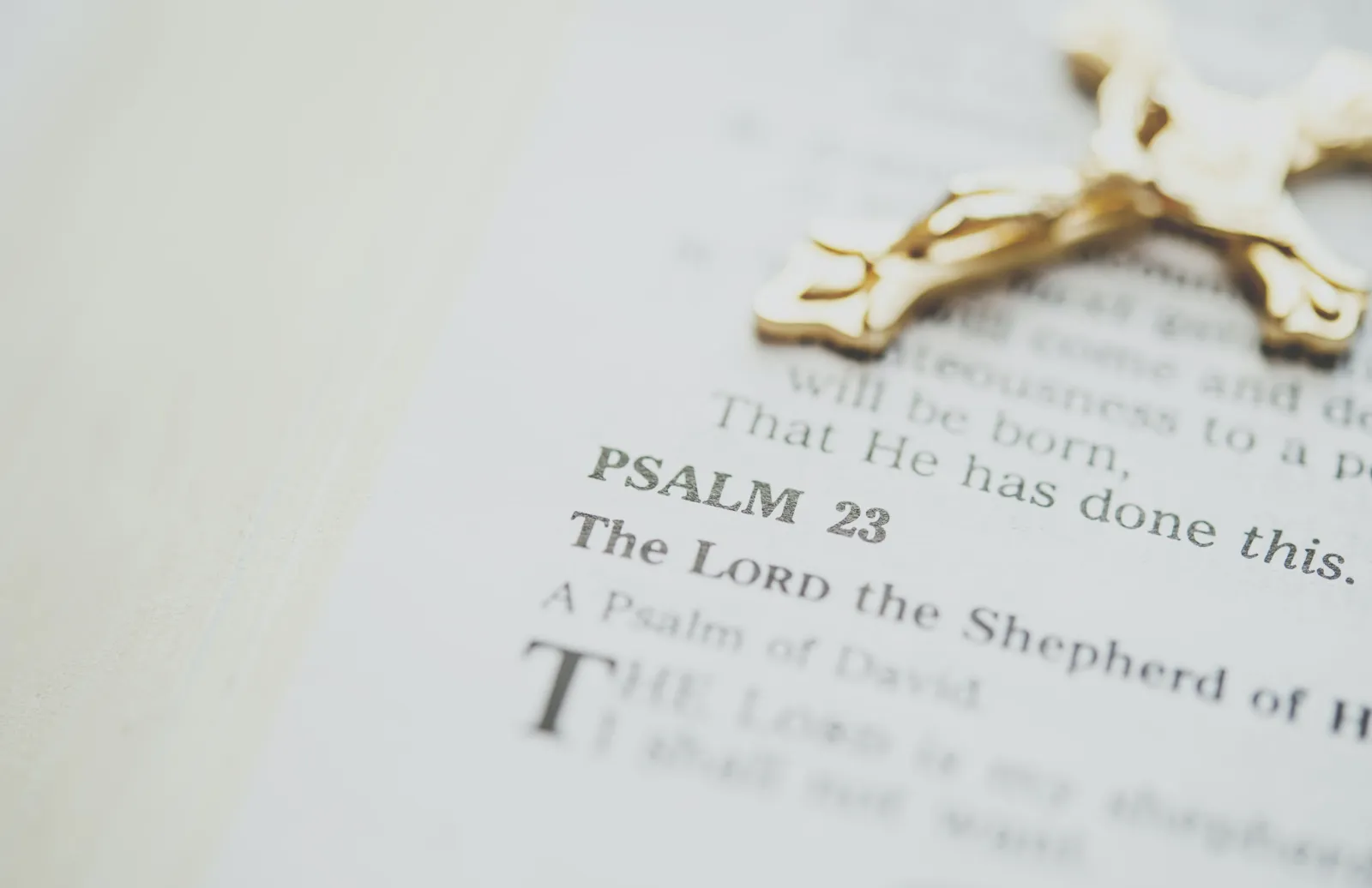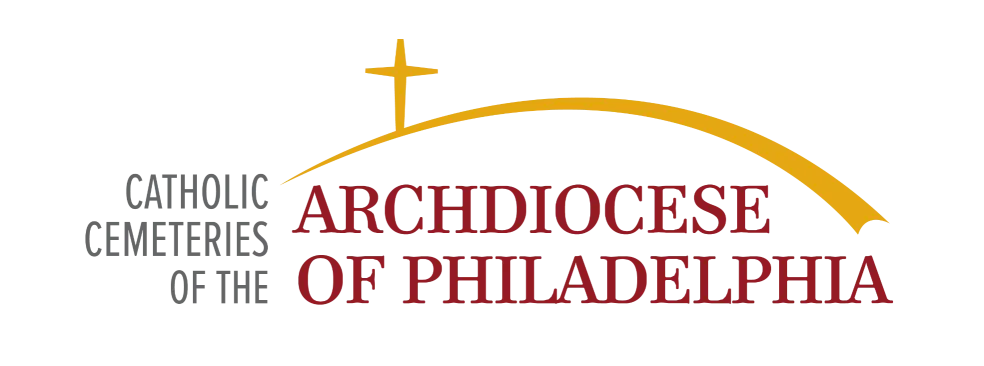While you're likely familiar with many of the traditions of Roman Catholicism, not everyone is a practicing Catholic or has familiarity with Catholic mass traditions.
If you will soon be attending a Catholic funeral, you may be wondering what to expect from one and how long the church services are likely to last.
These traditional religious ceremonies are held in houses of worship and are officiated by a Catholic priest. They incorporate many of the same trappings of a typical mass but are often more detailed and can last even longer than usual. Here's what you should know about how long a Catholic funeral and mass is and what you can expect to experience when attending one.

The Average Length of a Catholic Funeral Mass
The average length of a Catholic funeral mass is typically around one hour. However, this isn't set in stone. That's because the exact length of the mass will vary depending on the specific circumstances of the funeral, such as the number of readings and prayers that are included. However, most Catholic funerals with mass follow a similar format, which includes the following elements:
Opening Rites
The opening rites of a Catholic funeral mass begin with the entrance of the priest and the other participants. The priest will then greet the congregation and lead them in a prayer of opening.
Liturgy of the Word
The liturgy of the word is the central part of the Catholic funeral mass. During this portion, the priest will read from the Bible and give a homily. The readings from the Bible are typically chosen to reflect on the life of the deceased.
Liturgy of the Eucharist
The liturgy of the Eucharist is the part of the Catholic funeral mass when the bread and wine are consecrated. The priest will then offer the Eucharist to the congregation. If you are a practicing Catholic, you're expected to take the sacrament, such as you would do in any other mass. If you aren't Catholic but are attending the funeral, you have no obligation to participate and can remain seated.
Closing Rites
The closing rites of the Catholic funeral mass include a prayer of commendation and a final blessing. The priest will then lead the congregation in a recessional hymn.
What to Expect at a Catholic Funeral Mass
If you are attending a Catholic funeral mass for the first time, there are a few things you can expect. First, you will be expected to dress in a respectful manner. This means wearing dark clothing and avoiding anything too casual or revealing. You will also be expected to stand and sit when the priest indicates (if physically able). This is one of the many traditions that are associated with Catholic masses, and these traditions extend to Catholic funeral masses as well.
During the mass, you will be asked to participate in a number of prayers and responses. You will also be asked to sing hymns. If you are not familiar with the prayers or hymns, you can simply listen and follow along. Many churches will have songbooks in the pews you can consult if you do want to sing with the rest of the congregation, but there is no requirement to do so.
At the end of the mass, you will be asked to leave the church in a quiet and orderly manner. For many funerals, the closed casket of the deceased is likely to be present, and it will be slowly taken from the church as part of the ending processional. It's customary to wait until this processional is completed before leaving yourself. On the way out of the church, you will likely have the opportunity to offer your condolences to the family of the deceased.
Other Important Aspects to Consider
Now that you know the average length, please note that a Catholic funeral Mass is an important event that is steeped in religious tradition and symbolism. Therefore, it's crucial to remember that you should be respectful of the ceremony and the other mourners. You should avoid talking or making noise during the mass. Likewise, you don't want to show disrespect by arriving late to a mass once it's begun, especially a funeral mass. Be sure to arrive early so that you can find a seat and get settled. This minimizes any disruptions you might cause if you do happen to arrive late.
During the mass itself, you are welcome to participate in prayers and hymns, but you don't have to do so. If you feel uncomfortable with doing so, you can simply listen and follow along. You should also sit and stand when asked to do so, but if the officiant calls upon the congregation to kneel in prayer, you are not required to join if you are of a different faith. As mentioned above, you also should not join the congregation for the Eucharist as well unless you are of the Christian faith.
Finally, though you may have found this article seeking to learn the average length of a Catholic funeral mass, remember that the most important thing you can do by attending is to show your respect for the deceased, on behalf of the remaining loved ones. This extends not only to how you're dressed and how you act during the funeral but how you comport yourself directly afterward. You being there matters. It will be appreciated.
Attending a Catholic Funeral
Attending a Catholic funeral mass can be a somber experience. However, it is also an opportunity to celebrate the life of the deceased and to pray for their soul. By following the guidelines outlined above, you can ensure that, regardless of how long the Catholic funeral is, you'll be respectful of the occasion, participate in the mass in a meaningful way, and demonstrate the family of the deceased that their life mattered to you.
While You're Here - Did You Know?
One of the greatest gifts we can leave our loved ones is to remove the stress of planning a funeral for us.
Advanced planning allows you to select the details of your own funeral — from the type of burial to the inscription on your headstone — decades in advance. This benefits everyone by:
- Allowing you to tell your life story your way
- Saving years of inflation-related cost increases
Learn more about the gift of advance planning now.
- Sparing your family the stress of having to choose what you would have wanted and determining how to pay for it.
